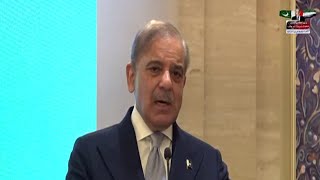Americans are generally getting much faster Internet speeds than a few years ago, but growth is uneven depending on the type of connections, a government report said Wednesday. The Federal Communications Commission said average download speeds tripled from March 2011 to September 2014, the most recent figures available from a survey of major US Internet service providers.
"Today's report confirms that advances in network technology are yielding significant improvements in broadband speeds and quality," said FCC chairman Tom Wheeler in releasing the fifth "Measuring Broadband America" survey by the agency.
"Faster, better broadband will unleash new innovations and new services to improve the lives of the American people. This comprehensive assessment of broadband performance helps to keep consumers informed and hold ISPs accountable."
The FCC noted that some types of service such as DSL over phone lines have failed to keep up with cable and fiber speeds.
Average actual download speed rose from 10 megabits per second in March 2011 to nearly 31 Mbps in September 2014, the report said. But DSL speed offerings "have stayed largely stagnant since 2011, with most DSL providers offering maximum download rates of 12 Mbps or less," the report noted.
The FCC said Internet speeds for most subscribers are close to or exceed advertised speeds, but that some DSL providers are below the advertised speed.
The US has lagged other developed nations in Internet speeds in recent years. A report by Akamai ranked the United States 17th in online speed earlier this year. The FCC report comes as some Americans are shifting to the mobile Internet.
A Pew Research Center survey released this month found 67 percent of Americans had high-speed Internet at home in 2015, down slightly from 70 percent in 2013.
Pew said that this "small, but statistically significant" decline puts broadband back to 2012 levels, and is likely due to the growing number of adults who are "smartphone only" Internet users. The decline "could represent a blip or might be a more prolonged reality," the Pew report said. Some 13 percent of those surveyed said they used smartphones exclusively for Internet in 2015, up from eight percent two years earlier.
Pew researchers noted, however, that people dependent on smartphones sometimes face challenges in some online activities, such as applying for jobs.
BR100
7,841
Increased By
30.9 (0.4%)
BR30
25,465
Increased By
315.4 (1.25%)
KSE100
75,114
Increased By
157.8 (0.21%)
KSE30
24,114
Increased By
30.8 (0.13%)






















Comments
Comments are closed.